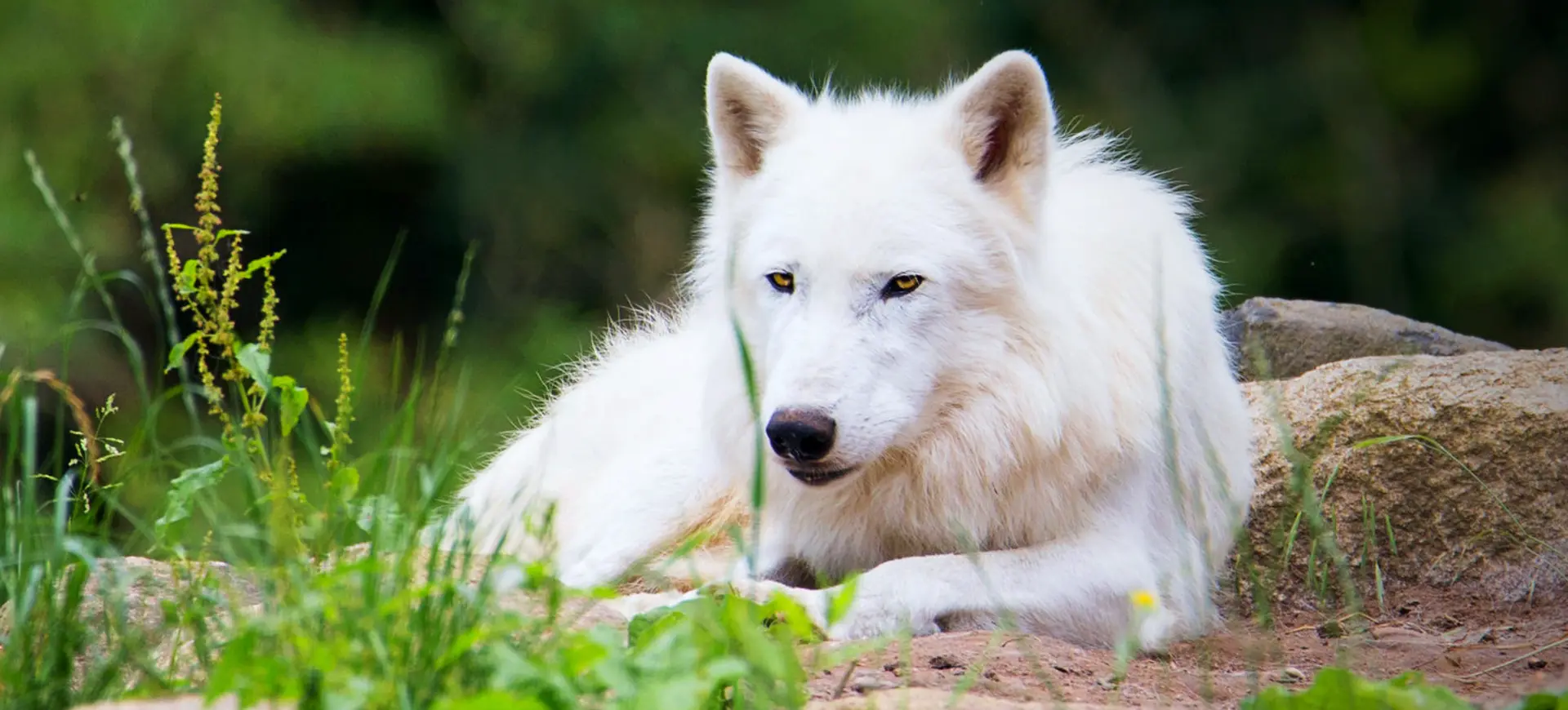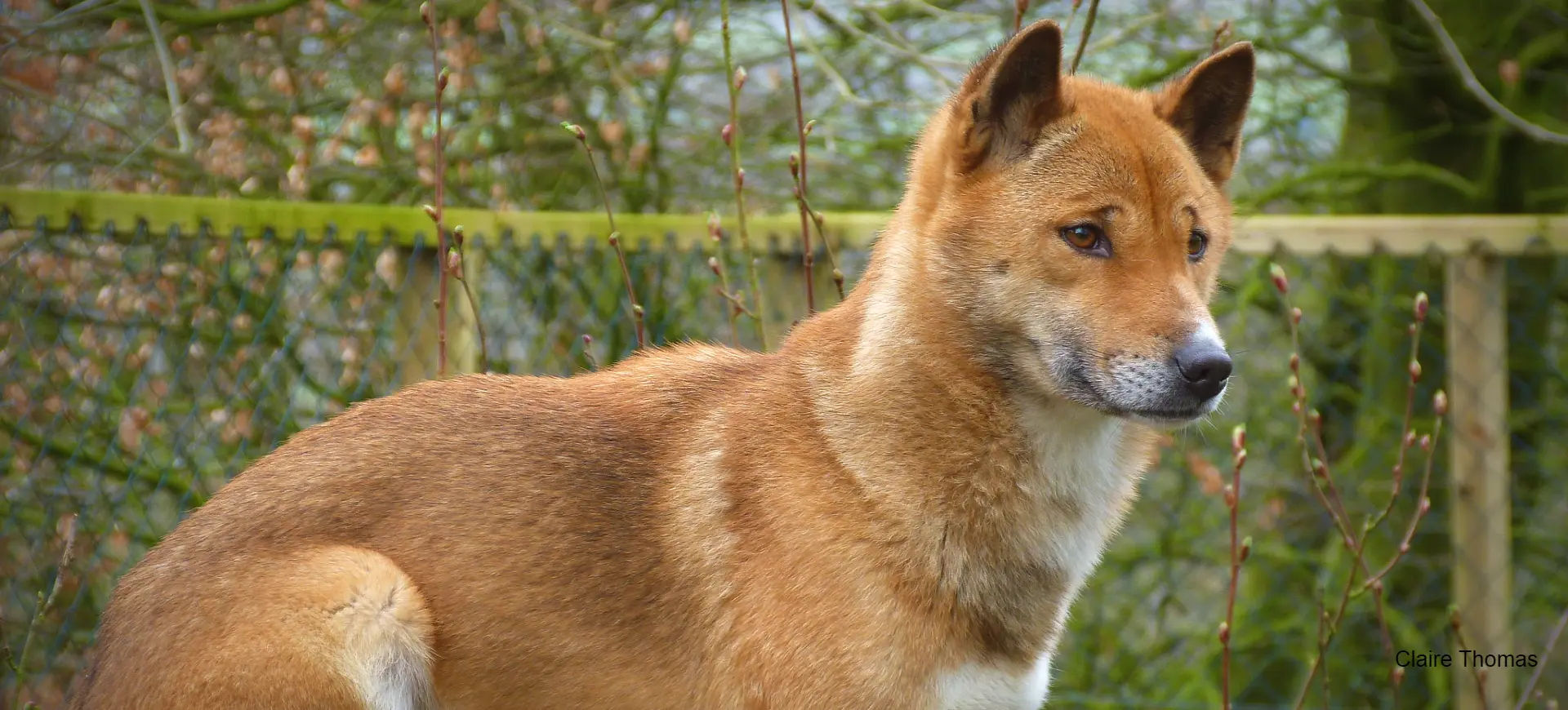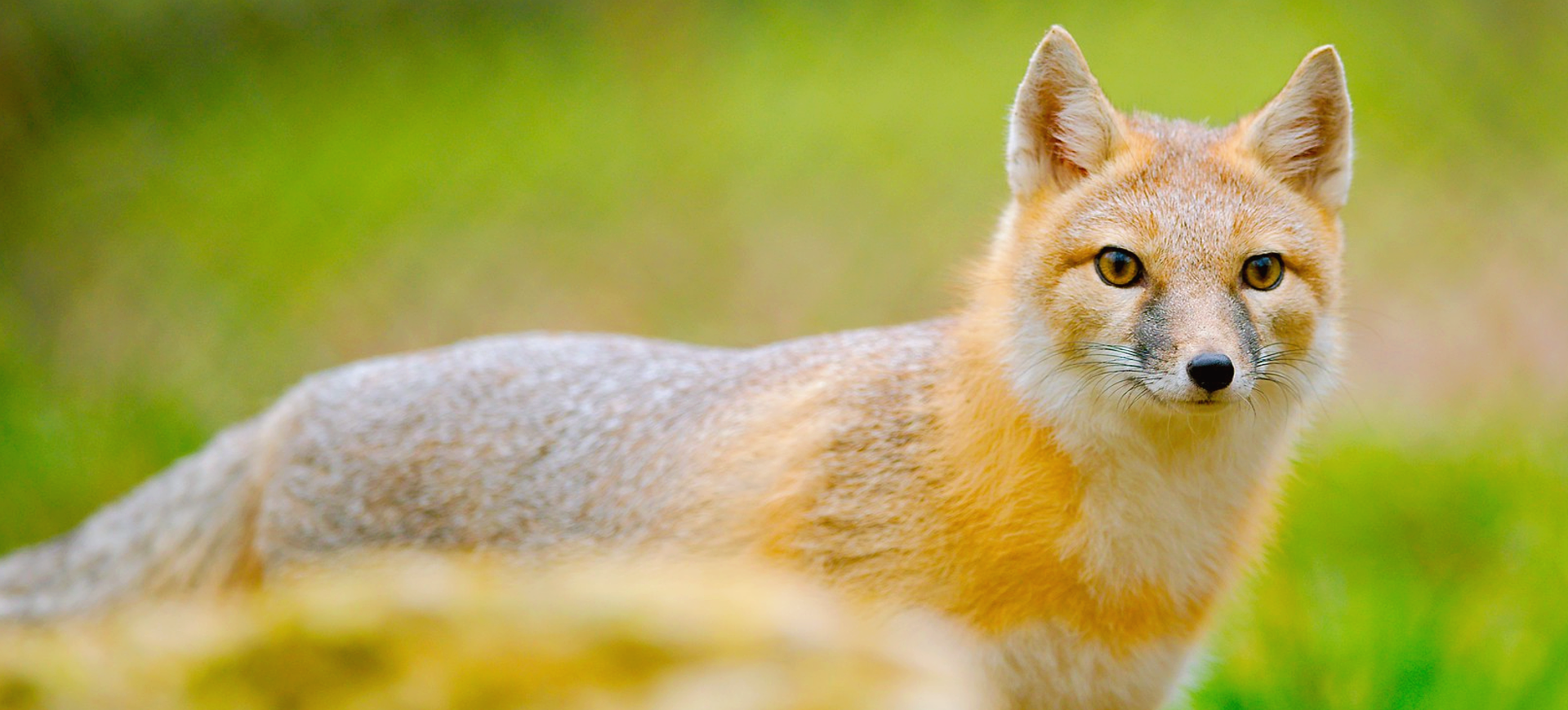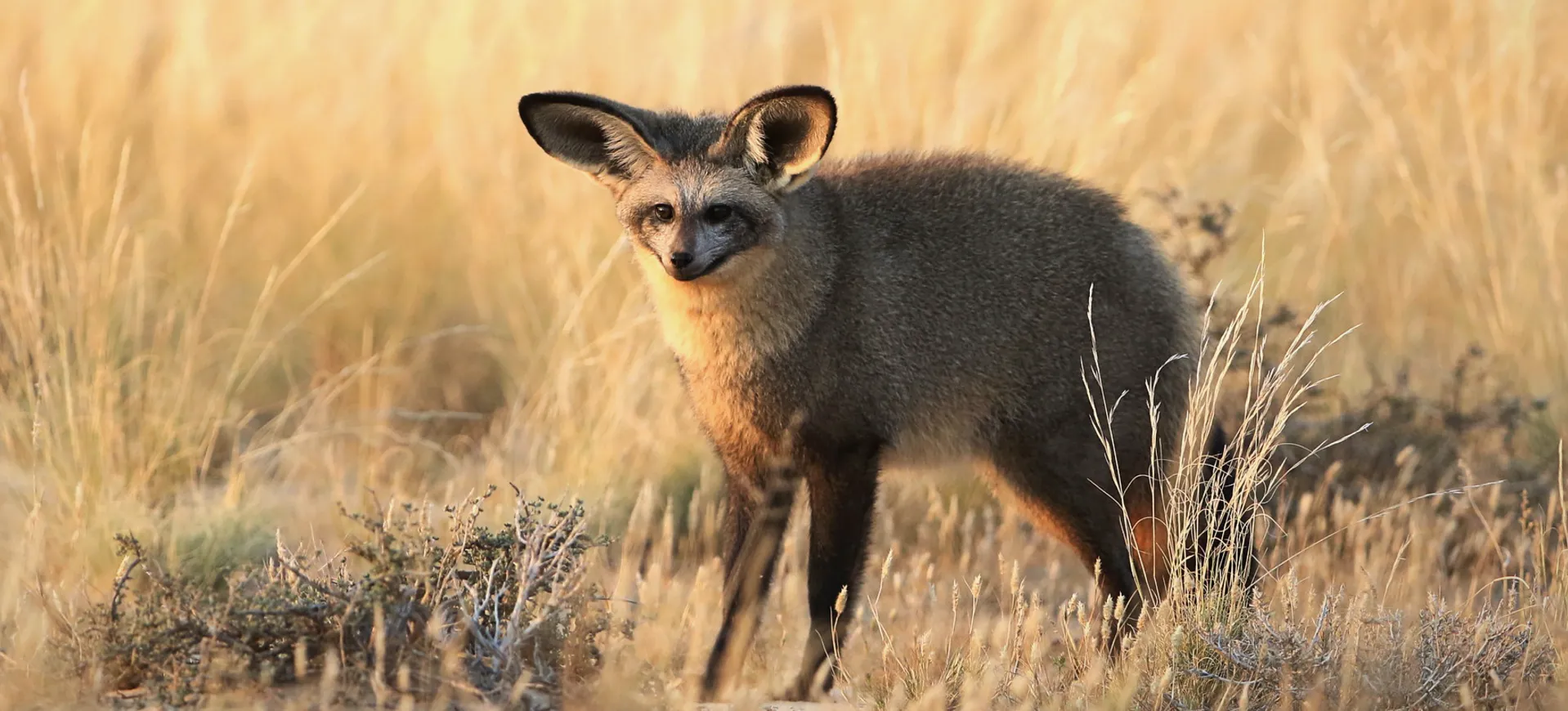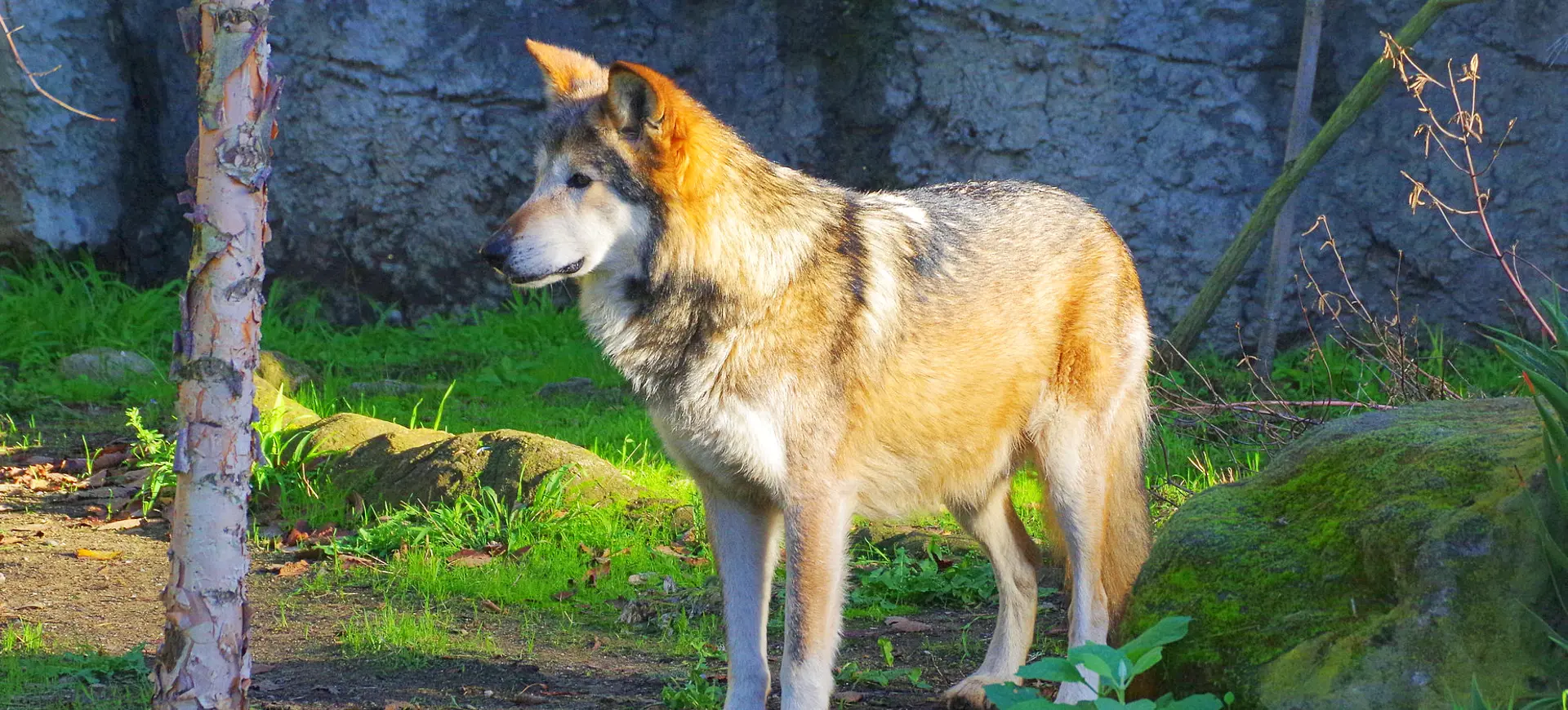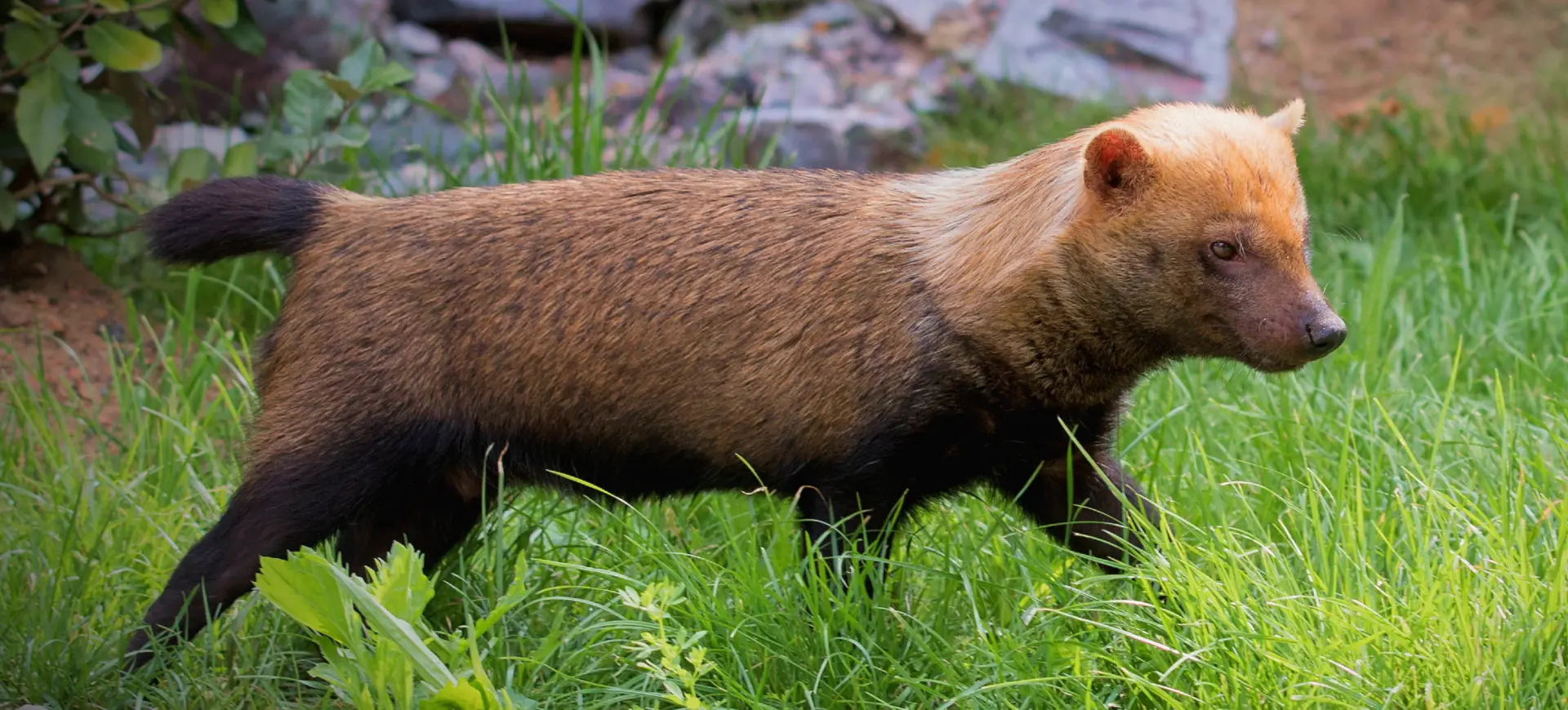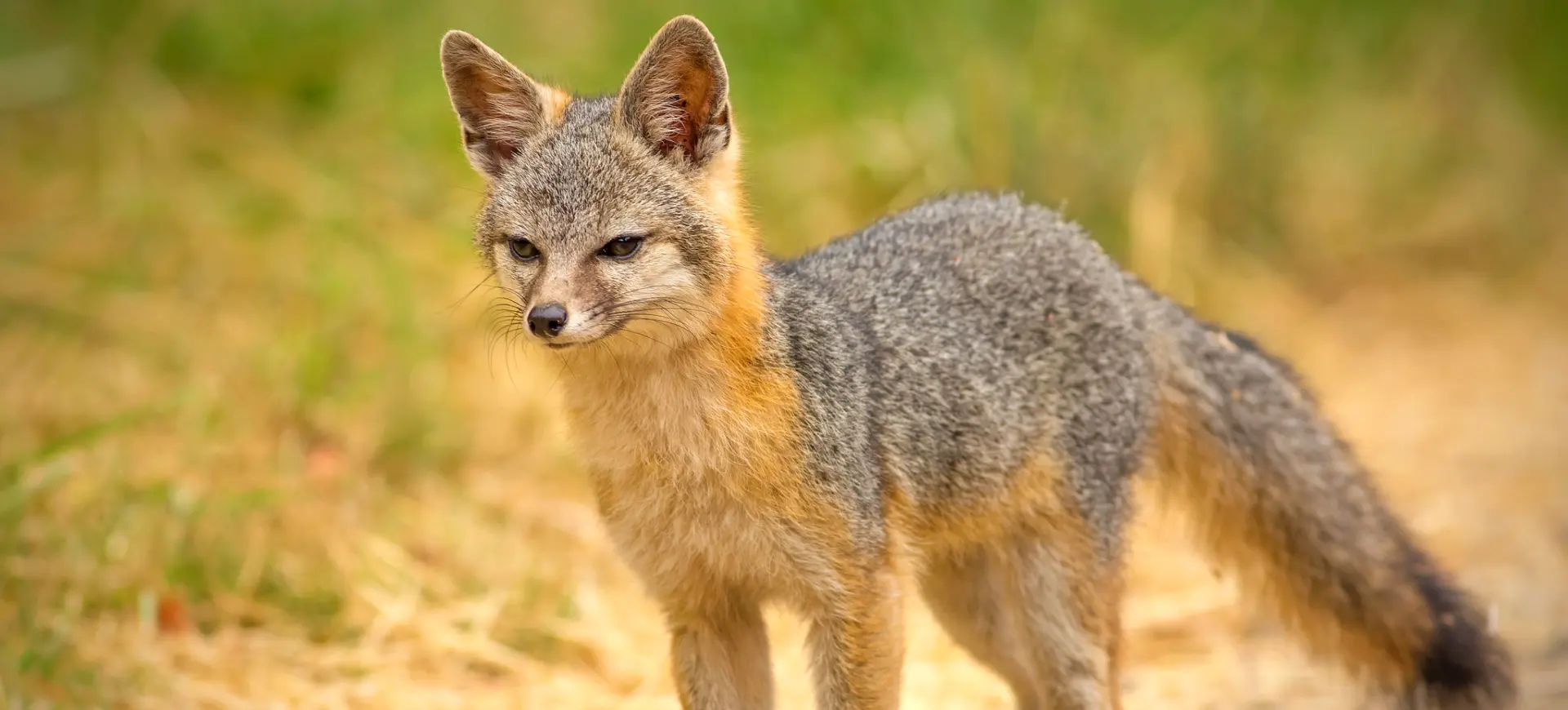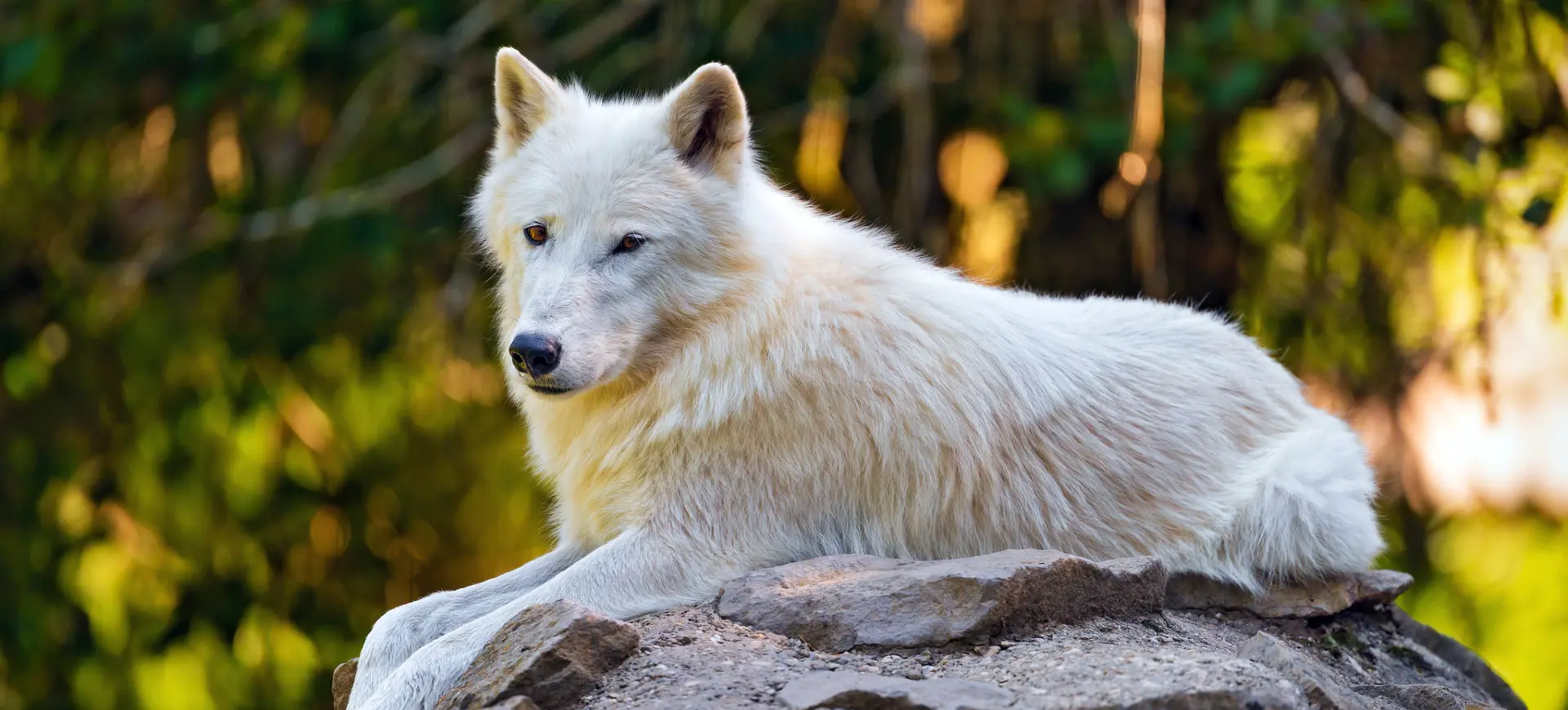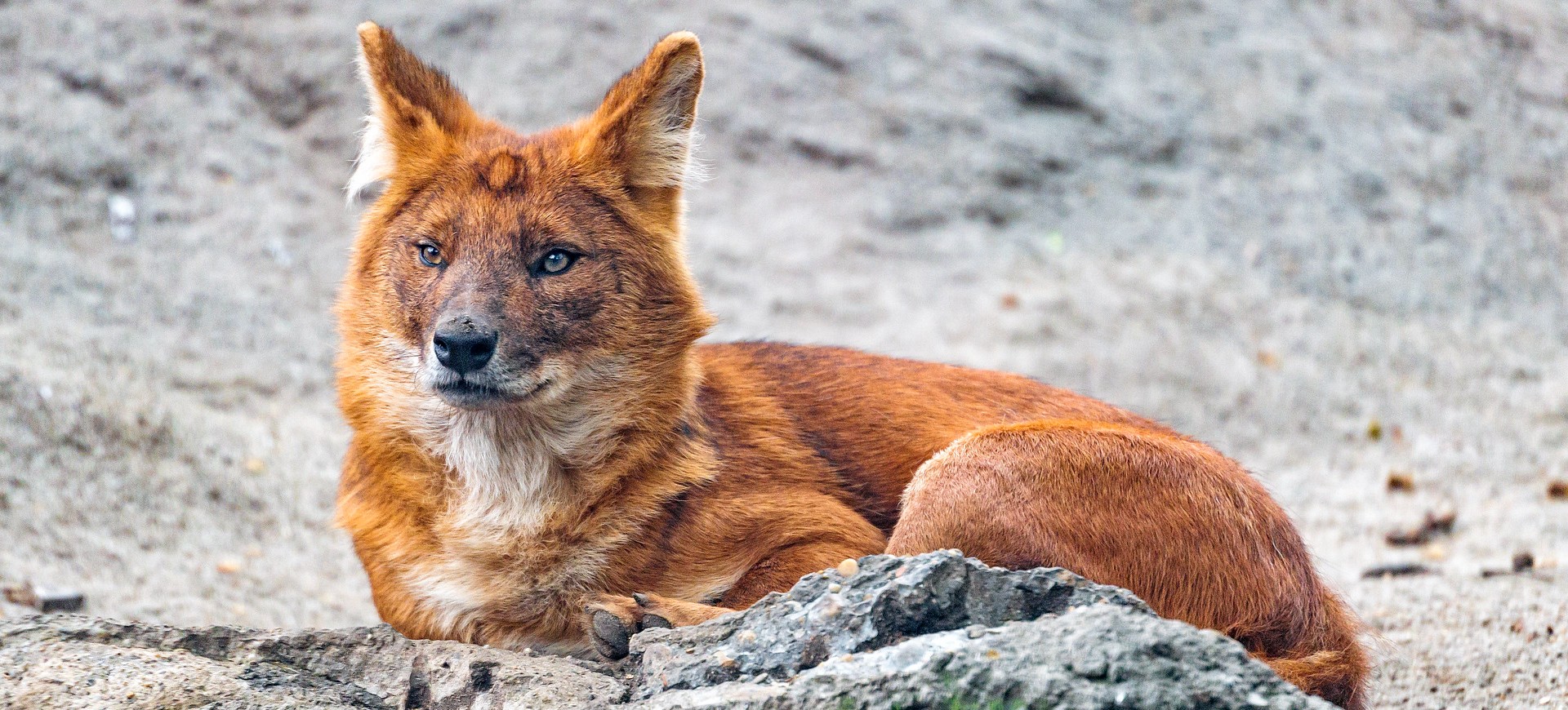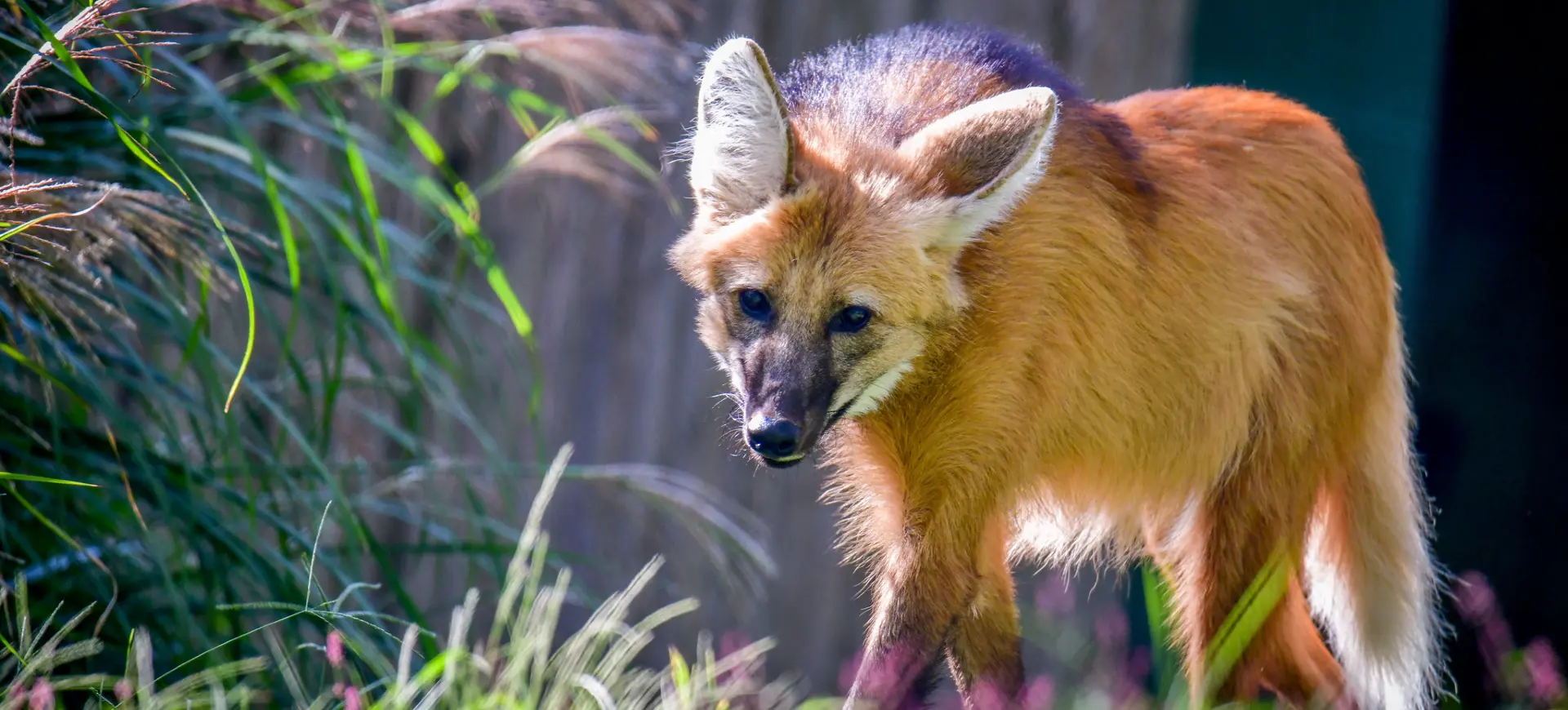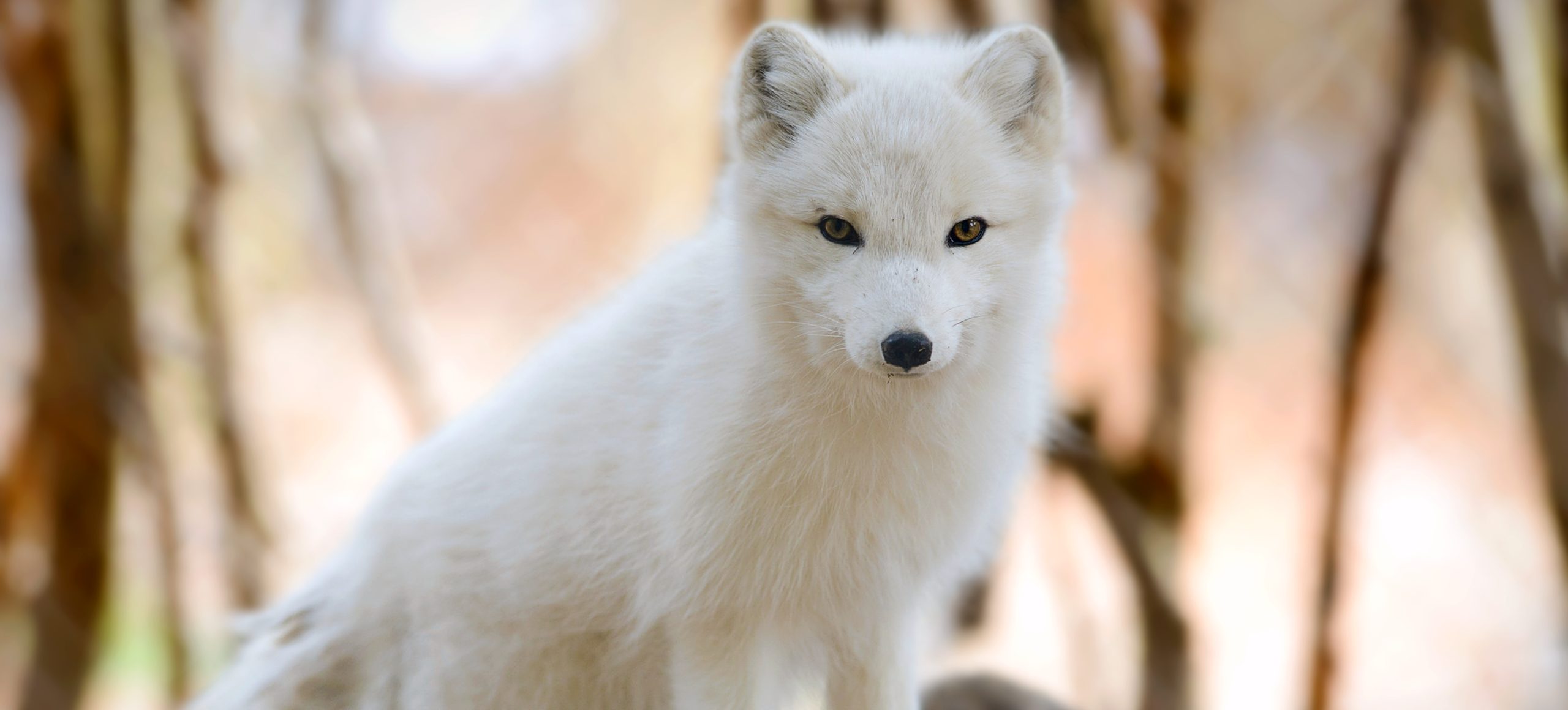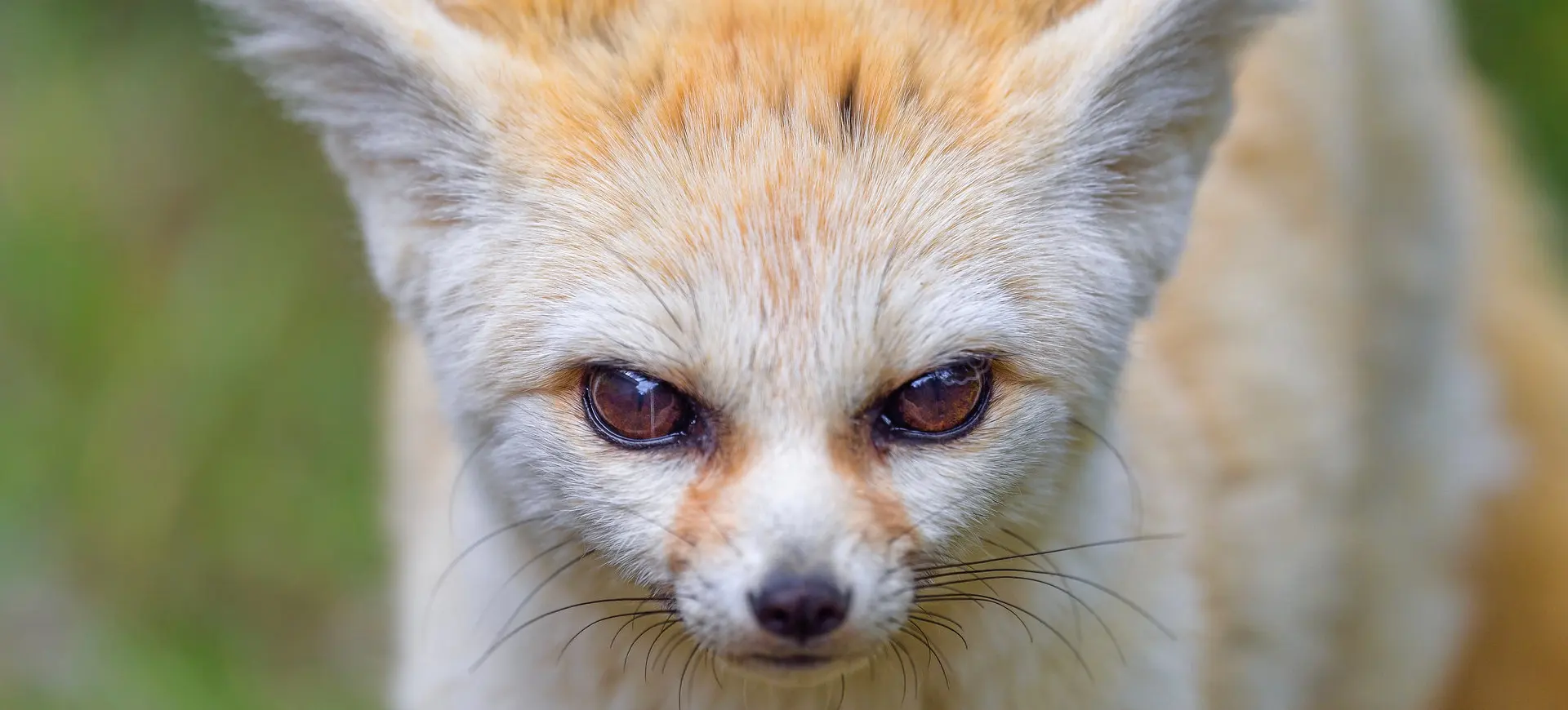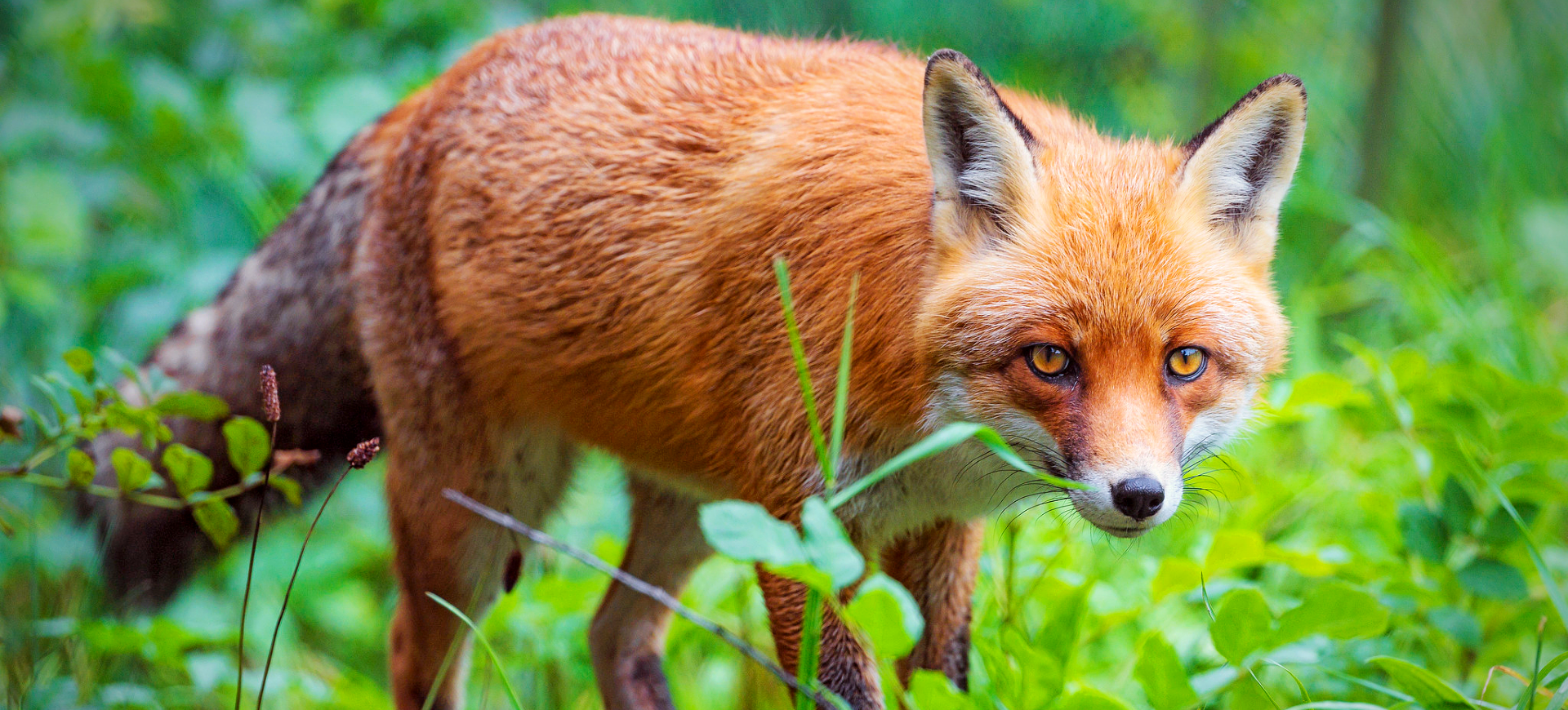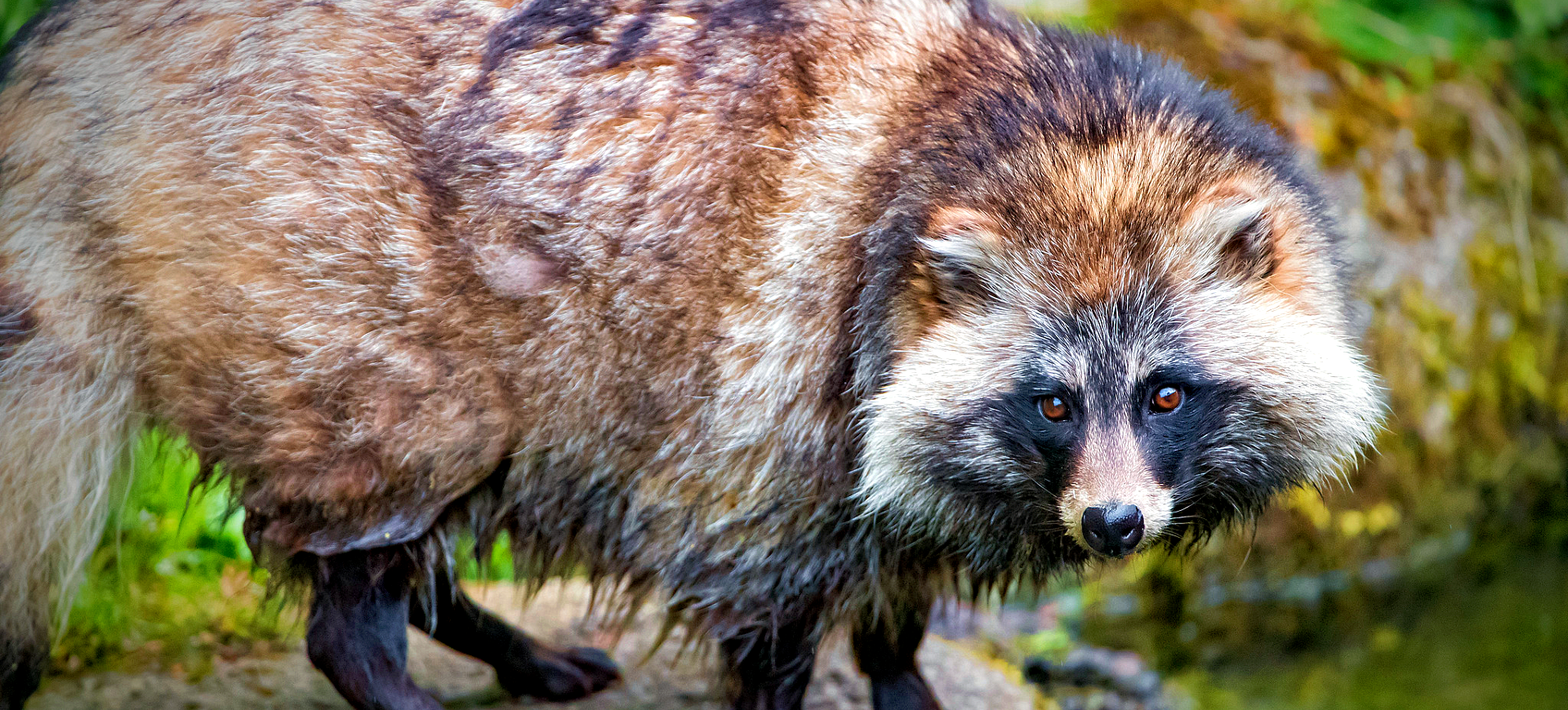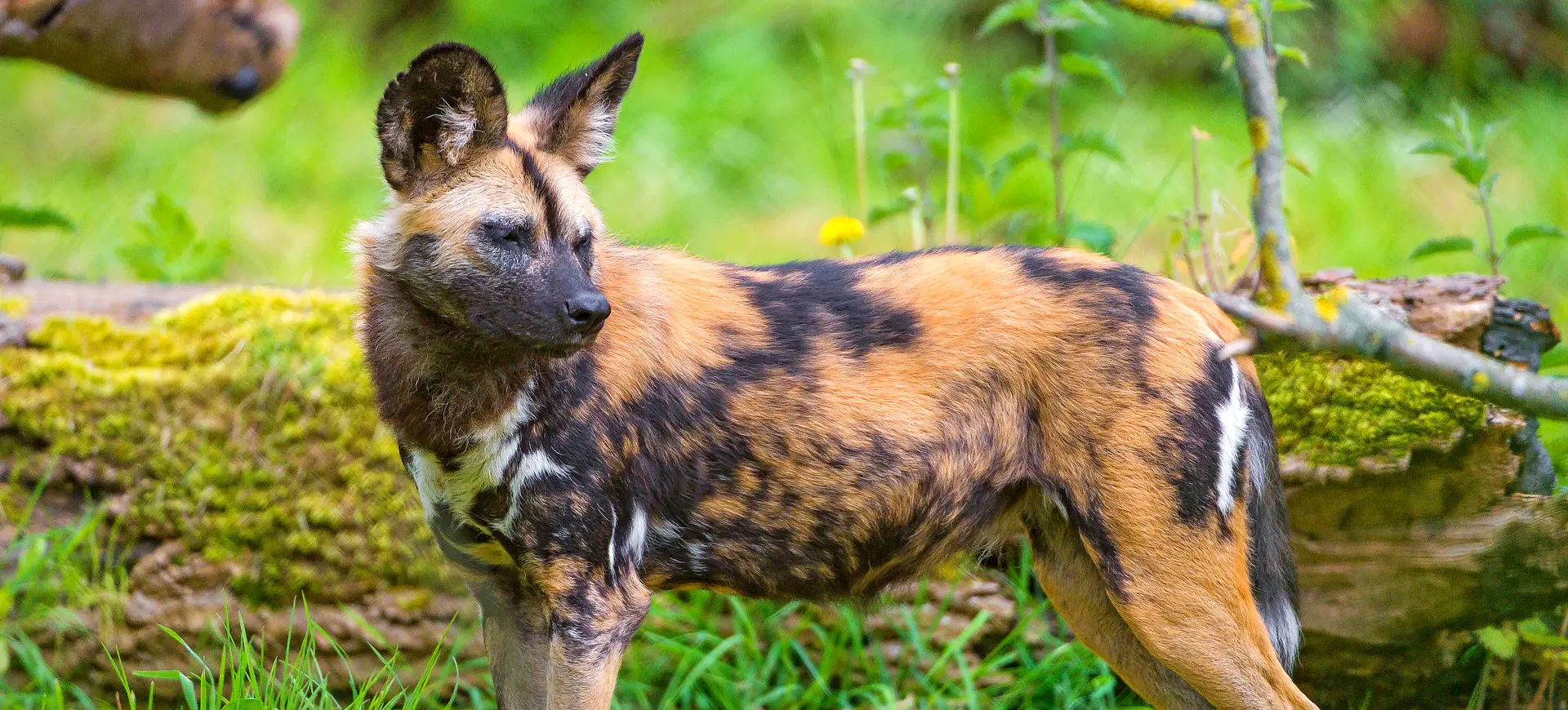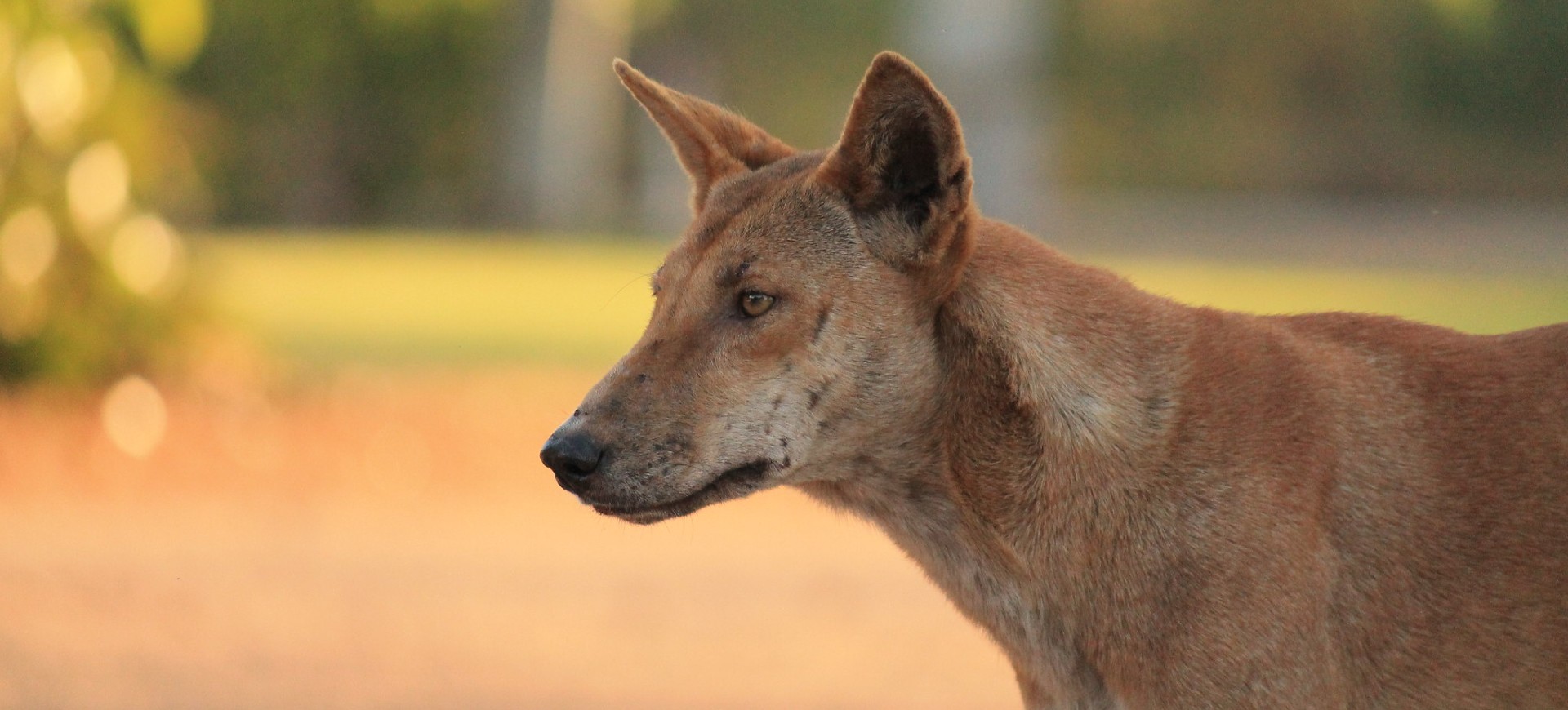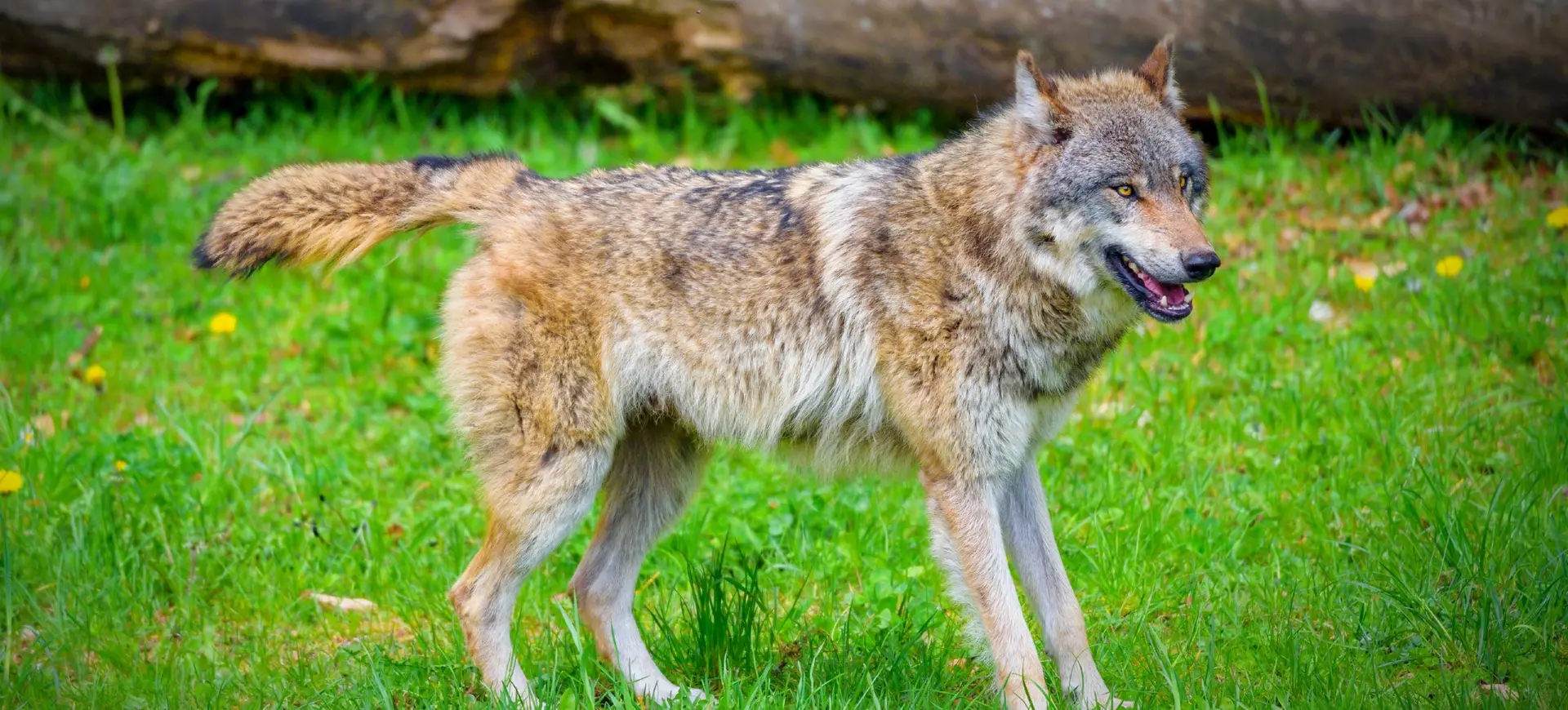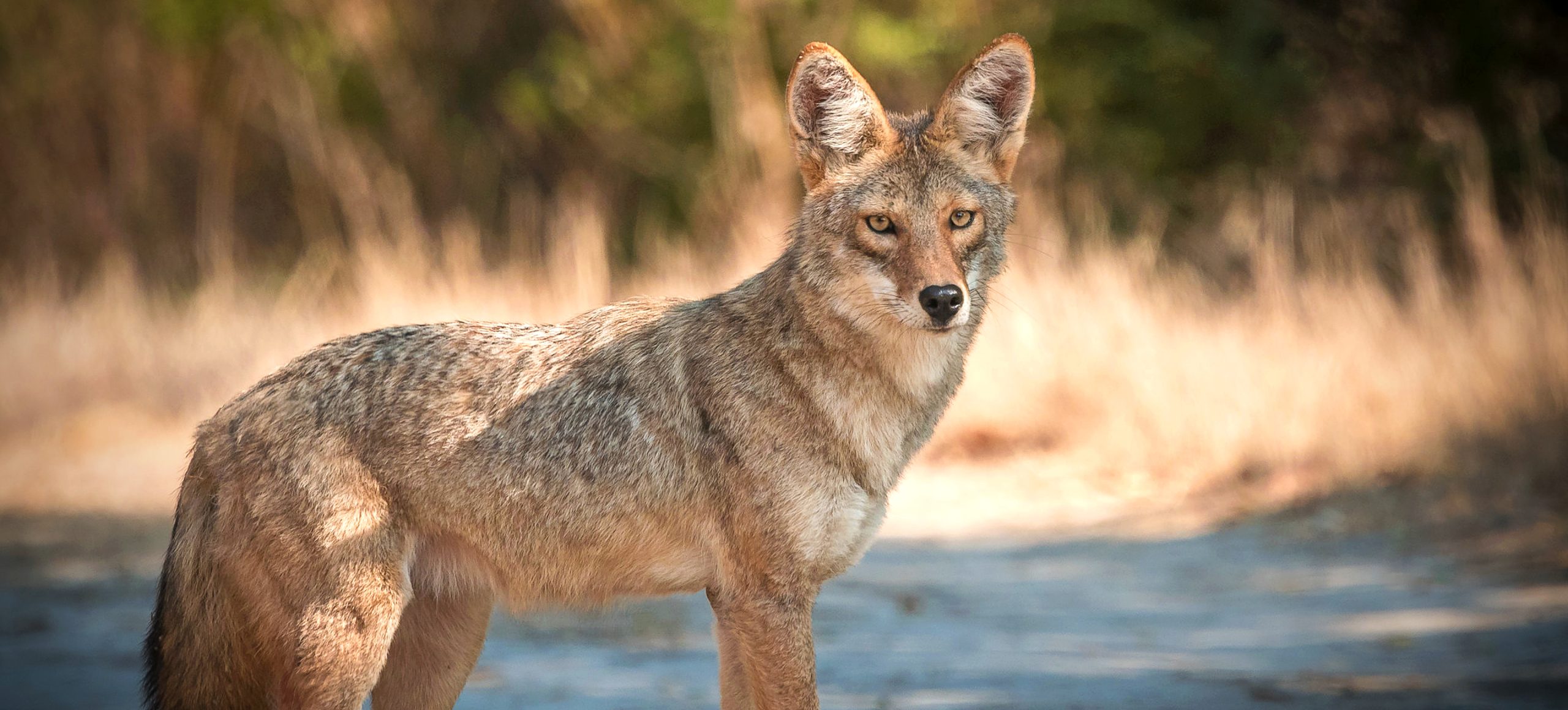Overview
The Red Wolf (Canis rufus) is a native North American canine species, slightly smaller than its cousin, the Gray Wolf, and larger than a coyote. It is distinguished by its long legs and swift movements, reddish-tan color with dark markings along the back and tail. Historically, the species was found throughout the southeastern United States. Still, today its population is critically endangered and largely limited to a reintroduction area on the Albemarle Peninsula in eastern North Carolina.
The Red Wolf is a pack animal, living in small groups that consist of a breeding pair and their offspring. It is a territorial animal and uses scent markings, vocalizations, and body language to communicate within the pack and with rival wolves. While they can adapt to various habitats, they predominantly inhabit forests, wetlands, and bushlands.
Their varied diet includes smaller mammals such as rabbits and rodents, but they can also take down larger prey like deer. The Red Wolf also eats berries and insects, exhibiting opportunistic feeding habits based on availability. This species has been the subject of intense conservation efforts due to its critical status, and its story serves as a significant case study for the implications of habitat loss, hybridization threats, and recovery strategies.
Physical Description:
The Red Wolf is medium-sized, exhibiting a sleek, slender body built for endurance. It gets its name from the reddish-tan fur that adorns most of its body, although some parts, such as the back and the tail tips, feature dark or black fur. This coloration helps them blend into the reedy marshes and forest environments they live in.
A full-grown Red Wolf measures between 44 to 65 inches long from its nose to the tip of its tail. The tail alone accounts for 12 to 16 inches of this length. Adults stand about 26 inches high at the shoulder, with males generally larger than females. The weight of a Red Wolf can vary between 45 and 80 pounds, with males again usually being heavier.

Lifespan: Wild: ~8 Years || Captivity: ~15 Years

Weight: Male: 50-80 lbs (22.7-36.3 kg) || Female: 45-65 lbs (20.4-29.5 kg)

Length: Male: 60 inches (152 cm) || Female: 55 inches (140 cm)

Height: Male: 28 inches (71 cm) || Female: 26 inches (66 cm)

Top Speed: 46 mph (74 km/h)
Characteristic:
Native Habitat:
The Red Wolf’s original range spanned across the southeastern United States from the Atlantic and Gulf Coasts, north to the Ohio River Valley and central Pennsylvania, and west to Central Texas and southeastern Missouri. They inhabit various ecosystems, including forests, wetlands, coastal prairies, and bushlands.
The Red Wolf is highly adaptable to changes in the ecosystem and can make a home in areas disturbed by human activities. They are predominantly nocturnal creatures, most active at night when they hunt and socialize within their pack. During the day, they rest in dens or sheltered areas.
Climate Zones:
Biogeographical Realms:
Continents:
Countries:
Diet:
Diet & Feeding Habits:
The Red Wolf is a carnivorous predator, preferring to hunt at night when it is cooler and quieter. Its diet mostly consists of smaller mammals such as rabbits, raccoons, and rodents. It can, however, tackle larger prey like white-tailed deer, particularly in the winter months when smaller prey is scarce.
The Red Wolf’s opportunistic feeding habits extend to the occasional ingestion of insects and berries. It has a high metabolic rate and requires frequent feeding, but its diet can vary greatly depending on the prey available in its habitat. Hunting often occurs in packs, allowing coordinated efforts when facing larger prey.
Mating Behavior:
Mating Description:
The Red Wolf mating system is monogamous, with pairs remaining together for life. Mating season occurs once a year between January and March. Courtship involves mutual grooming and play, with the female showing signs of being in heat by leaving scent markings and adopting specific postures.
The gestation period lasts approximately 60 to 63 days after successful mating. Litters range from one to eight pups, averaging three to five. The pups are born altricial – blind, deaf, and completely dependent on their parents. Both parents take care of the pups, although the female does most of the nursing while the male provides food for the family.
Reproduction Season:
Birth Type:
Pregnancy Duration:
Female Name:
Male Name:
Baby Name:
Social Structure Description:
Red Wolves have a pack-based social structure, typically consisting of a breeding pair and their offspring from the current and previous years. Packs are territorial, defending their range from other packs. Communication within the pack involves a complex mix of body language, scent marking, and vocalizations.
There is a clear hierarchical structure in Red Wolf packs, with an alpha male and female leading. The alpha pair is usually the only pair that breeds, and they control the pack’s activities, such as hunting and territorial defense. This social structure allows for cooperation in hunting, pup rearing, and defense, making the pack a crucial element of the Red Wolf ecology.
Groups:
Conservation Status:
Population Trend:
The Red Wolf population in the wild is critically low, primarily confined to a reintroduction area in North Carolina. This population has fluctuated, reaching over 100 wolves in the early 2000s. However, various challenges, including hybridization with coyotes, disease, and anthropogenic mortality, have reduced the wild population to 20-30 individuals as of this report.
In captivity, over 200 Red Wolves are managed under the Red Wolf Species Survival Plan across various participating sites in the United States. These captive populations serve as a genetic reservoir for future reintroductions and contribute to our understanding and management strategies for this endangered canid.
Population Threats:
The primary threats to the Red Wolf population include habitat loss due to human development and agricultural practices. Hybridization with coyotes is another significant threat; as their population numbers shrink, Red Wolves are more likely to mate with coyotes, diluting their unique genetic makeup.
In addition, they face threats from road mortality, illegal hunting, and disease. Public perception and lack of education about wolves’ role in the ecosystem have also been challenges to their survival and recovery efforts. Invasive species and climate change pose potential future threats.
Conservation Efforts:
Conservation efforts for the Red Wolf have been ongoing for several decades, starting with the U.S. Fish and Wildlife Service’s Red Wolf Recovery Program, which began in 1973. This program included captive breeding and reintroduction of wolves into former parts of their range. These efforts established a wild population on the Albemarle Peninsula in North Carolina.
Continued conservation work focuses on maintaining and expanding this wild population, preventing coyote hybridization, improving public attitudes toward wolves, and continuing the successful captive breeding program. Habitat protection and restoration efforts are also integral to the conservation of this species.
Additional Resources:
Fun Facts
- The Red Wolf is one of the world’s most endangered canids.
- They are known for their reddish-tan color, hence the name “Red Wolf.”
- Red Wolves mate for life, and both parents care for the offspring.
- They communicate using a variety of vocalizations, including howls, barks, and growls.
- Red Wolves are excellent swimmers and often make their homes near water.
- Despite being carnivores, Red Wolves sometimes eat berries and insects.
- Red Wolves were declared extinct in the wild in 1980, but a captive breeding program has reintroduced them to North Carolina.
- The howl of a Red Wolf is unique and can be distinguished from the howl of a Gray Wolf or a Coyote.
- They are primarily nocturnal, with peak activity at dawn and dusk.
- Red Wolves can run at speeds up to 46 miles per hour when chasing prey.








